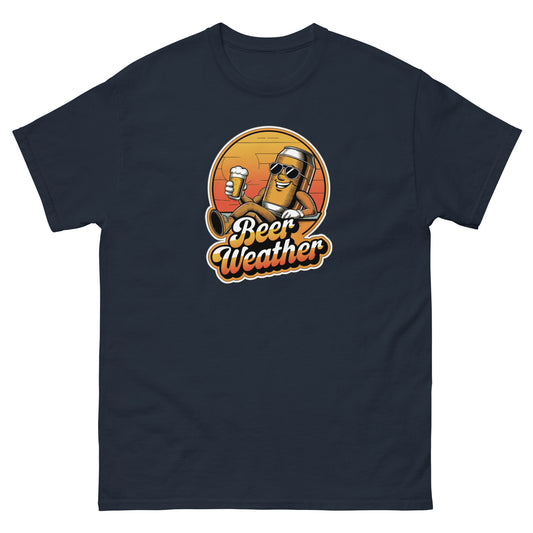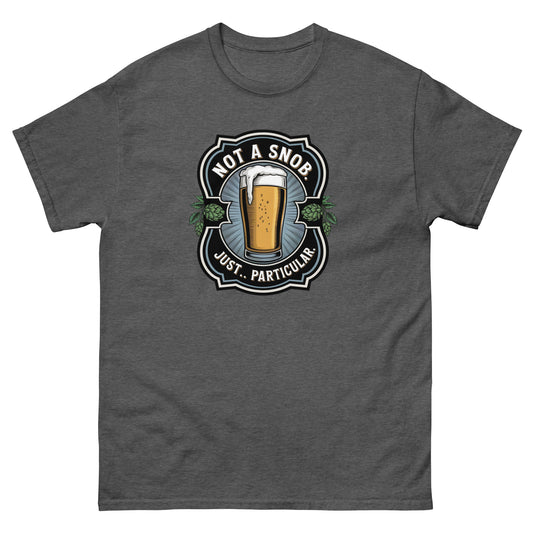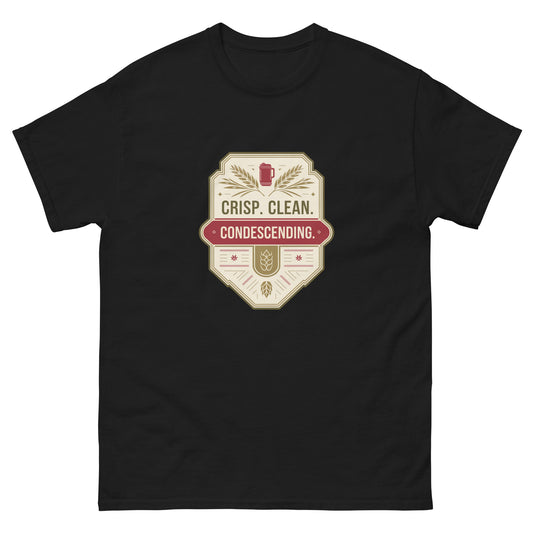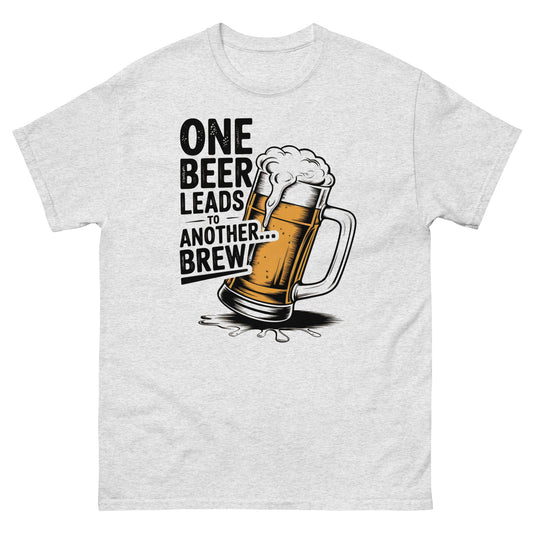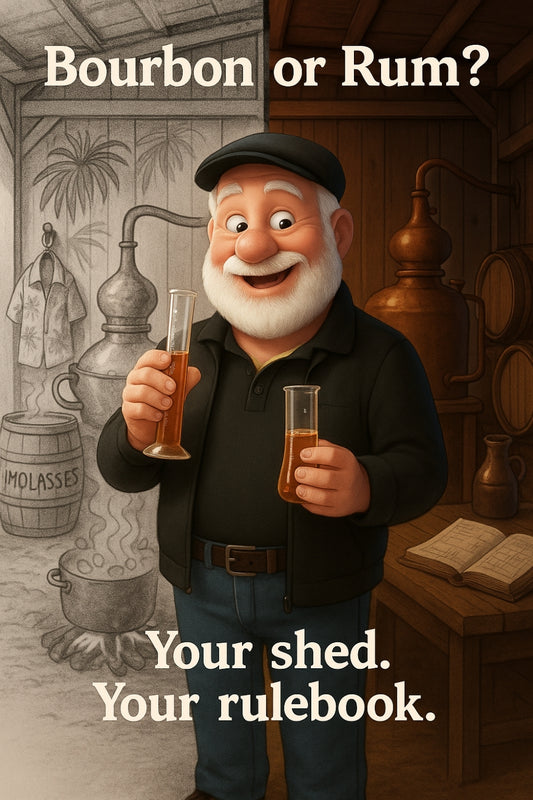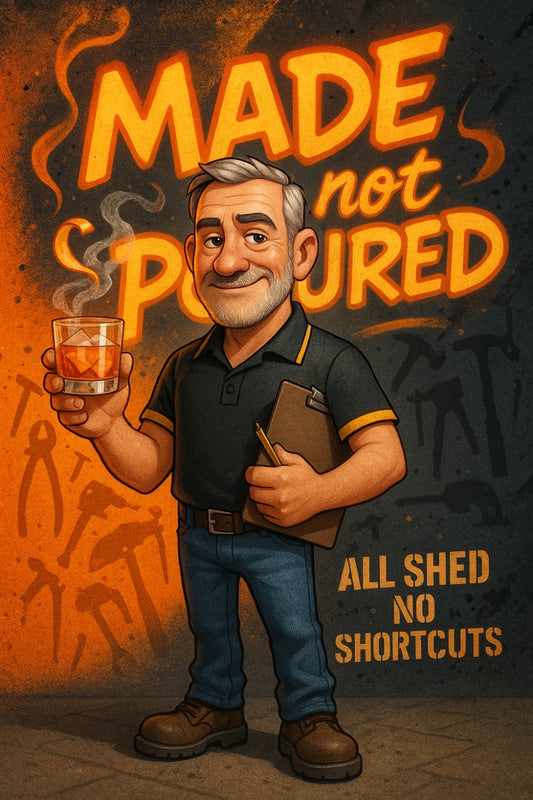What They Don’t Tell You About Brewing a Pale Ale with Coopers Bootmaker Kit
Share
What You Wish You Knew Before Brewing a Pale Ale with the Coopers Bootmaker Kit
Brewing your own beer sounds like a dream, right? You grab a yeasty magic potion, throw in some sugar, wait patiently, and suddenly—craft beer. But let’s pump the brakes because making a stellar pale ale with the  Thomas Coopers Bootmaker Pale Ale 1.7kg isn’t just about dumping ingredients into a barrel and crossing your fingers. There's an art to it, and those first batches might throw a few unexpected curves your way.
Thomas Coopers Bootmaker Pale Ale 1.7kg isn’t just about dumping ingredients into a barrel and crossing your fingers. There's an art to it, and those first batches might throw a few unexpected curves your way.
Don't Underestimate the Toffee Malt Flavour
Think your regular pale ale experience is all about hops? The Bootmaker shines because of its rich malt profile. That toffee character brings depth, but only if you treat it right. Sparkling clean equipment is a must. Any leftover grime or stray soap residue will interfere with those caramelised notes, leaving you wondering why your craft creation tastes off.
Temperature Control is Your Best Mate
Fermenting temperature makes or breaks your beer. This kit thrives between 18-22°C. Too warm? You’ll get nasty fruity esters that don’t belong. Too cold? The yeast dozes off before finishing the job. Control matters more than you think. A steady environment—away from drafty kitchens and fluctuating garages—ensures a smooth finish with the crisp bitterness the Bootmaker is known for.
Patience Beats Impatience Every Time
It’s tempting to crack open a bottle the second it carbonates. Hold on. Your beer hasn’t even reached its full potential yet. That thick, creamy head and well-rounded bitterness hit their stride with an extra two weeks of conditioning. Yes, waiting is hard when the house smells like fresh beer, but give it time. Your patience will pay off with a better pour.
Water Matters More Than You Realise
Chlorine-heavy tap water is the silent assassin of great homebrews. If your town’s water has a strong chlorine smell, consider filtered or pre-boiled water. This small adjustment helps accentuate those citrus and pine hop aromas instead of dulling them behind chemical undertones.
Carbonation is a Science, Not a Guess
The perfect fizz isn't about chucking in sugar and hoping for the best. Too little and you’ll have a flat, lifeless brew. Too much and that refreshing bitterness turns into a bottle bomb scenario, and no one wants to clean beer off the ceiling. Accurately measure your priming sugar or carbonation drops to nail that ideal sip.
The First Batch Won’t Be Perfect – And That’s Okay
Even seasoned brewers still tweak their recipes. Your first go might come out cloudier than intended, or maybe the hop aroma isn’t as punchy as expected. That’s the fun of homebrewing—you learn, adjust, and get a little better with each round. And speaking of adjustments, don’t shy away from customising your Bootmaker Pale Ale. Love a little extra citrus? Dry hop with some Amarillo. Want it smooth and malty? Pick a softer yeast strain next time and see where it takes you.
Homebrewing is part science, part experiment, and a whole lot of waiting. But get those little things right, and suddenly, you’re pouring a glass that rivals the big names without the hefty price tag.
Go on then, give it a crack!
Cheers, Candeece

Stay Connected
Join our homebrewing community: Beer and Barrel Society on Facebook
Follow our Facebook Page: Strathalbyn H Hardware on Facebook

